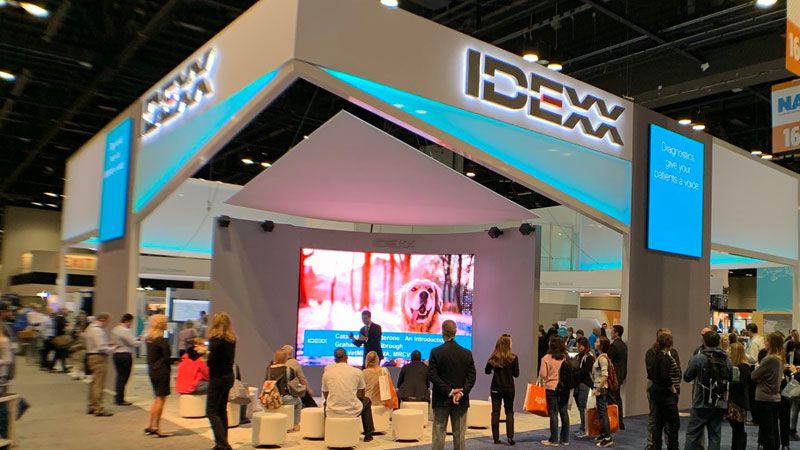IDEXX Cornerstone Software
News and information
Couldn’t join us for Cornerstone training at VMX or WVC this year? You’re in luck: we’ve compiled a list of the most popular tech tips we shared in our user groups and at the IDEXX Software Learning Lab. If you’ve got questions about keyboard shortcuts, the daily planner, manual lab result entry, compliance alerts or inventory, we’ve got answers!
Keyboard shortcuts:
Other than F2, here are other shortcuts that had user group participants scribbling notes over:
F1: Cornerstone help that is context sensitive and opens up with relevant information based on what window you have open in Cornerstone.
F7: when on a client or patient list to search for someone, F7 goes backwards through recently accessed records at your workstation. Really helpful when you step away for a moment and someone used your computer while you were gone!
F8: simply moves forward on client and patient records accessed. The number of accessed records can be set under Controls > Defaults > Practice and Workstation > Client as well as Patient
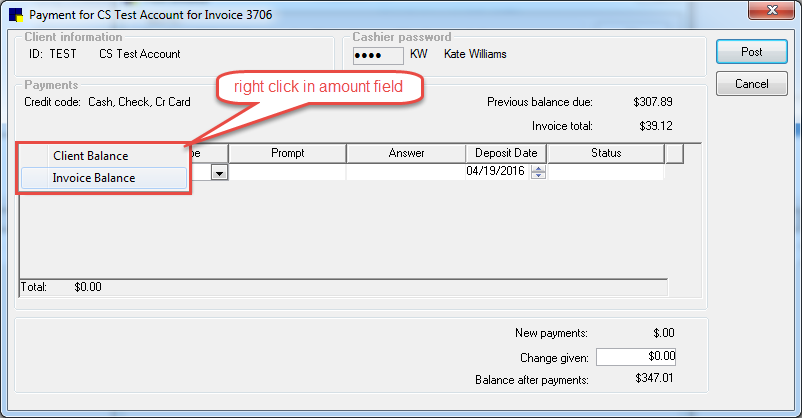
Ctrl-Enter: Moves cursor to next line within a text field. Appointment notes, prescription labels, callback notes, departing instructions, etc.
Daily Planner:
You probably know you can use the Patient Visit List tab (with View all staff selected) to scan through all of your on-hold charges—but it’s also an efficient way to invoice out. Sort list by client name by clicking the Client Last Name column header so all patient for the client group together (and give you a heads up how many patients should be on that invoice before you post!)
If your practice uses saved invoices, use the Invoices tab for the same purpose to post from a single window. You can also see if the invoices are set to close at EOM (based on invoice type).
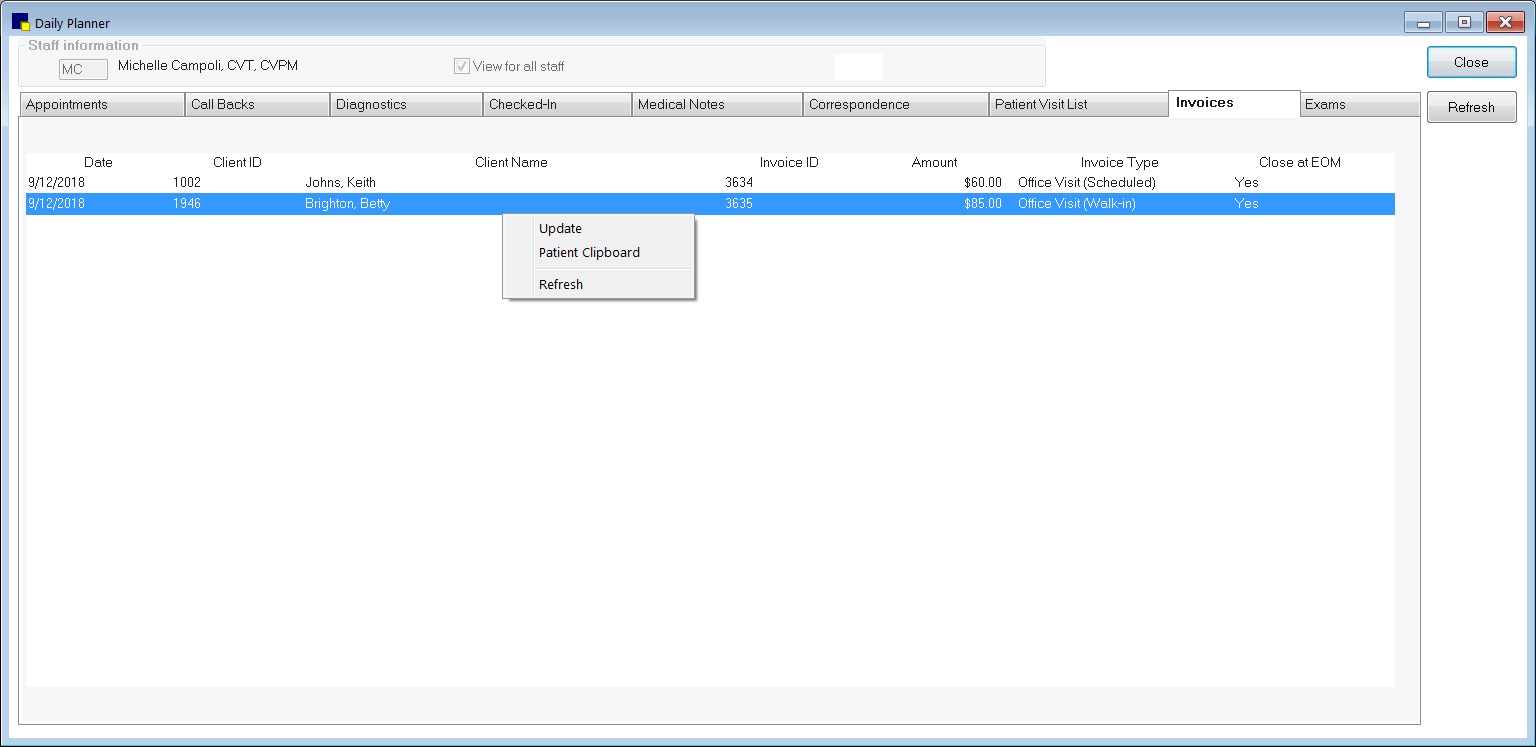
For more information on invoice types, go to Controls > Invoice Types and press F1!
Manual lab result entry
Since Cornerstone 8.7 NEXT, the right-click> lab menu on the Patient Clipboard enables quick entry of lab results into the patient record that typically do not go through an analyzer (glucometer glucoses, fecal floats, etc.) While the functionality can still be accessed under the original Activities > Lab work pathway, it is fewer clicks and more accurate from the Clipboard’s right-click patient menu.
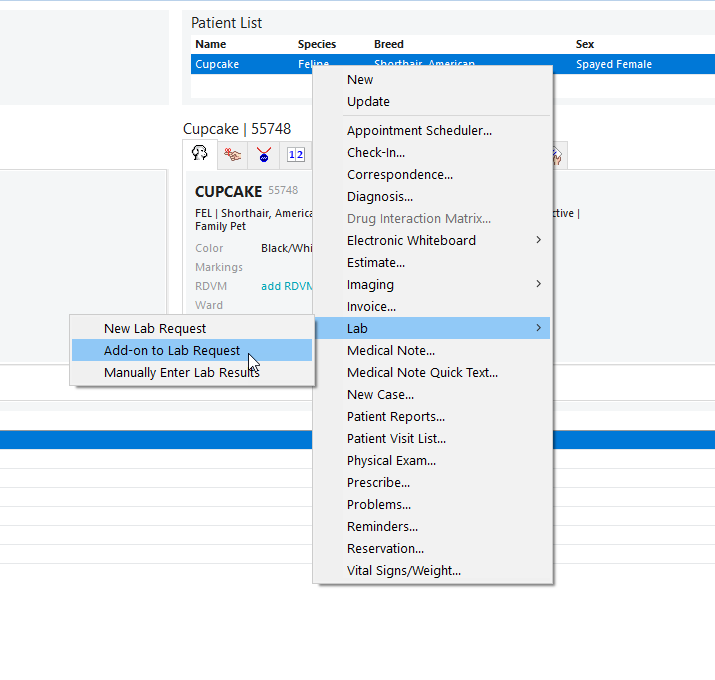
There are a few steps that need to be completed before you can enter results. Here is the gist:
- Create lab age ranges (
Lists > Species) - Create lab templates (
Activities > Lab Work > Templates) - Create default test ranges per species, age range and template (
Activities > Lab Work > Default Test Ranges)
See more setup and use details highlighted in a previous newsletter tip.
Compliance Alerts
Once you have your Preventive Care protocols set up in the Compliance Assessment Tool, add these as alerts to Scheduling and Check in to ensure your team communicates recommendations consistently! Remember, keep the alert points to no more than 2, and switch up your protocols to match your marketing. Dental alerts in December/January for February Dental Month, Senior Heath in August/September for October Senior Month
Controls > Defaults > Practice and Workstation > Alerts > Compliance alerts
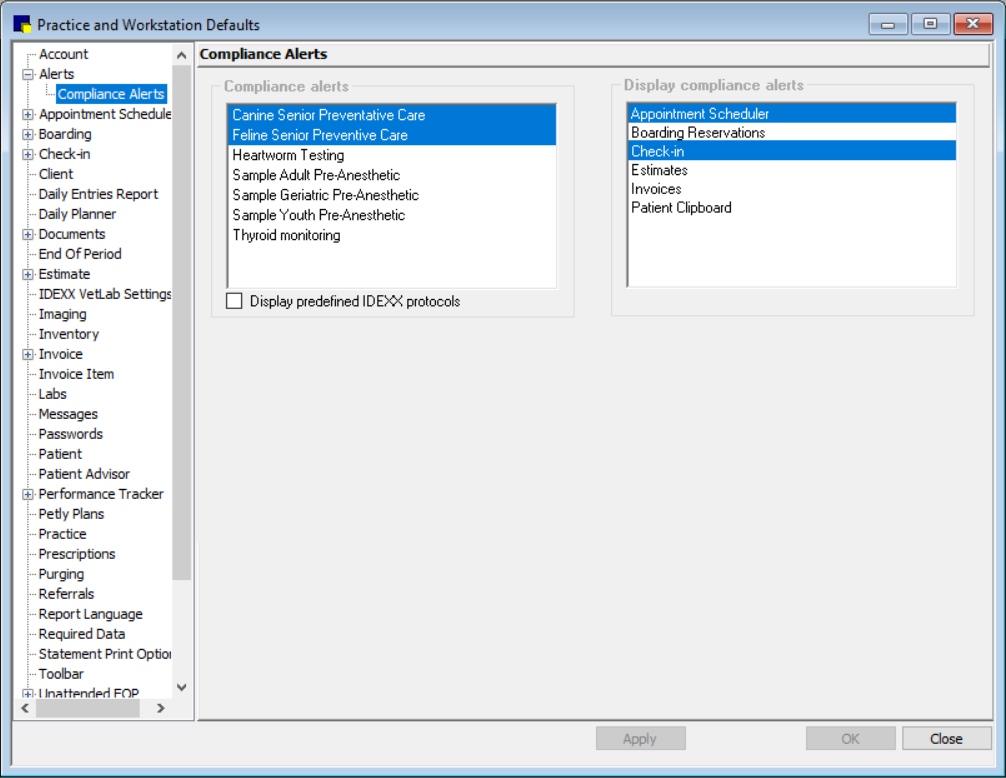
Inventory
Keeping up with inventory is a common challenge. To keep quantity, cost and associated inventory reports as accurate as possible, before close of each month:
- Post client invoices (to capture inventory sales information, drive COGS report)
- Post inventory receipts (to keep cost and quantity on hand up to date, drive turnover report)
- Ensure correct cost entered per received unit of measure (UOM)
- Ensure correct quantity at correct UOM entered
- Use of special pricing to maintain accurate vendor and average costs
- Complete other inventory tasks: internal usage, return to vendor, confirm adjustments and transfers.
- Spot check top 20% of items sold, adjust quantity and cost as needed after all inventory transactions completed
- Quantity or cost if off more than 1-2 times on an item, review your setup, then workflow to get back on track.
And final inventory tip: Print your Inventory Cost report (or save to file, print to PDF) at end of each month to have a historical record in addition to the end of year (EOY) PDF that saves with EOY processing in the CSTONE/Share folder.
